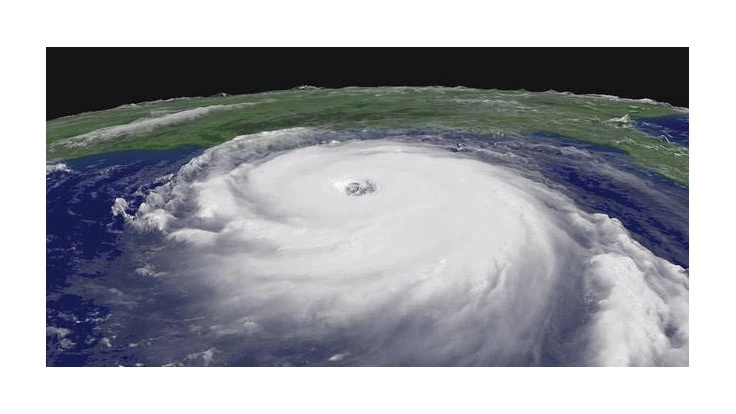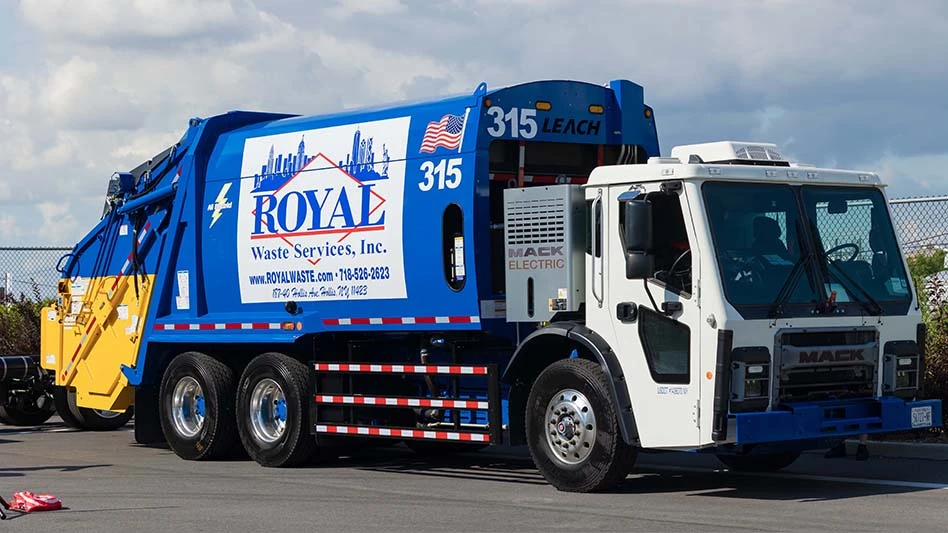
With natural disasters come a long list of potential dangers—not just during the storms but also in the aftermath as crews work to clean up the destruction.
Several federal agencies have issued warnings and tips on natural disaster cleanup entering summer months, a peak time for destructive storms nationally. The Atlantic hurricane season officially began on June 1 and ends November 30.
The U.S. Department of Labor’s Occupational Safety and Health Administration (OSHA) is urging employers, workers and the public to be aware of the hazards that may exist while conducting cleanup work following recent tornadoes in Kansas and Missouri.
After a tornado has occurred, as steps are taken to recover from the storm, workers may face significant hazards including the potential for additional storms, downed electric lines and sharp debris, OSHA says.
The agency warns that employees should also be aware of hazards from heat stress and from equipment used during response/recovery operations, such as portable generators.
“OSHA teams are in the areas affected by recent tornadoes, and they will remain onsite to help workers stay safe during the response and recovery operations,” says OSHA Regional Administrator Kim Stille in Kansas City, Missouri. “There are always hazards in these situations, but they can be minimized with safe work practices, knowledge and the use of personal protective equipment.”
OSHA says only workers provided with the proper training, equipment, and experience should conduct cleanup activities. The agency recommends taking the following safety precautions:
Evaluate work areas for hazards;
Employ engineering or work practice controls to minimize hazards;
Wear proper clothing and use personal protective equipment;
Assume all power lines are live;
Use portable generators, saws, ladders, vehicles and other equipment properly;
Follow safety precautions in traffic work zones;
Use fall protection when working at heights over 4 feet.
Meanwhile, the U.S. Environmental Protection Agency (EPA) is calling on the public to prepare now for hurricane season to aid in recovery efforts and minimize cleanup crews’ exposure to hazards.
“EPA’s response to natural disasters is one of the many ways that we protect human health and the environment,” says EPA Administrator Andrew Wheeler. “We want to inform the public of how they can prepare for hurricane season and help protect their communities, the environment and first responders by mitigating hazardous waste and securing potential harmful debris before storms strike.”
Based on the 2017 and 2018 responses to hurricanes Harvey, Irma, Maria and Florence, EPA responders were in the field during the aftermath of the hurricanes and managed a large amount of waste as part of the recovery efforts, including:
About 470,100 containers (drums, oil containers, propane tanks) recovered.
Approximately 2,900 vessels recovered or closed.
EPA is recommending residents make sure items such as propane tanks and paint cans are secured prior to a hurricane.
Facility operators have certain requirements that call for preventing, minimizing and reporting chemical releases, and EPA says they have an obligation to do so in a timely manner.
Before hurricane force winds and associated storm surge flooding damage industrial processes, EPA recommends operators take preventive action by safely shutting down processes, placing hazardous chemicals in safe storage locations or otherwise operating safely under appropriate emergency procedures. If a chemical release does occur, operators should notify appropriate authorities immediately so that a proper response can be carried out.
On June 4, EPA and the Federal Emergency Management Agency (FEMA) announced a Memorandum of Understanding (MOU) that streamlines coordination between FEMA and the EPA-funded State Revolving Fund (SRF) programs so that funding to restore vital water infrastructure can be provided as quickly as possible in times of disaster. In disaster situations where cash reserves are stretched thin, the EPA-FEMA MOU provides a tribe or local government access to a no-interest or low-interest loan from its SRF to help pay for the immediate restoration of vital drinking water and wastewater infrastructure.
OSHA’s Response and Recovery page has additional information to assist in planning cleanup work safely.
For more information on EPA’s emergency response program, visit the agency’s website.Latest from Waste Today
- US Senate backs reduced cuts to EPA
- Waste Connections announces Q2 results
- Returnity and Cosmoprof to address reusable bag waste
- SWANA releases report on aging WTE facilities
- New economic assessment reveals cost benefits of California’s SB 54
- Premier Truck Sales & Rental opens new facility
- TeknTrash Robotics, Sharp Group partner on humanoid robot pilot
- Stadler equips mixed waste sorting plant in Sweden





